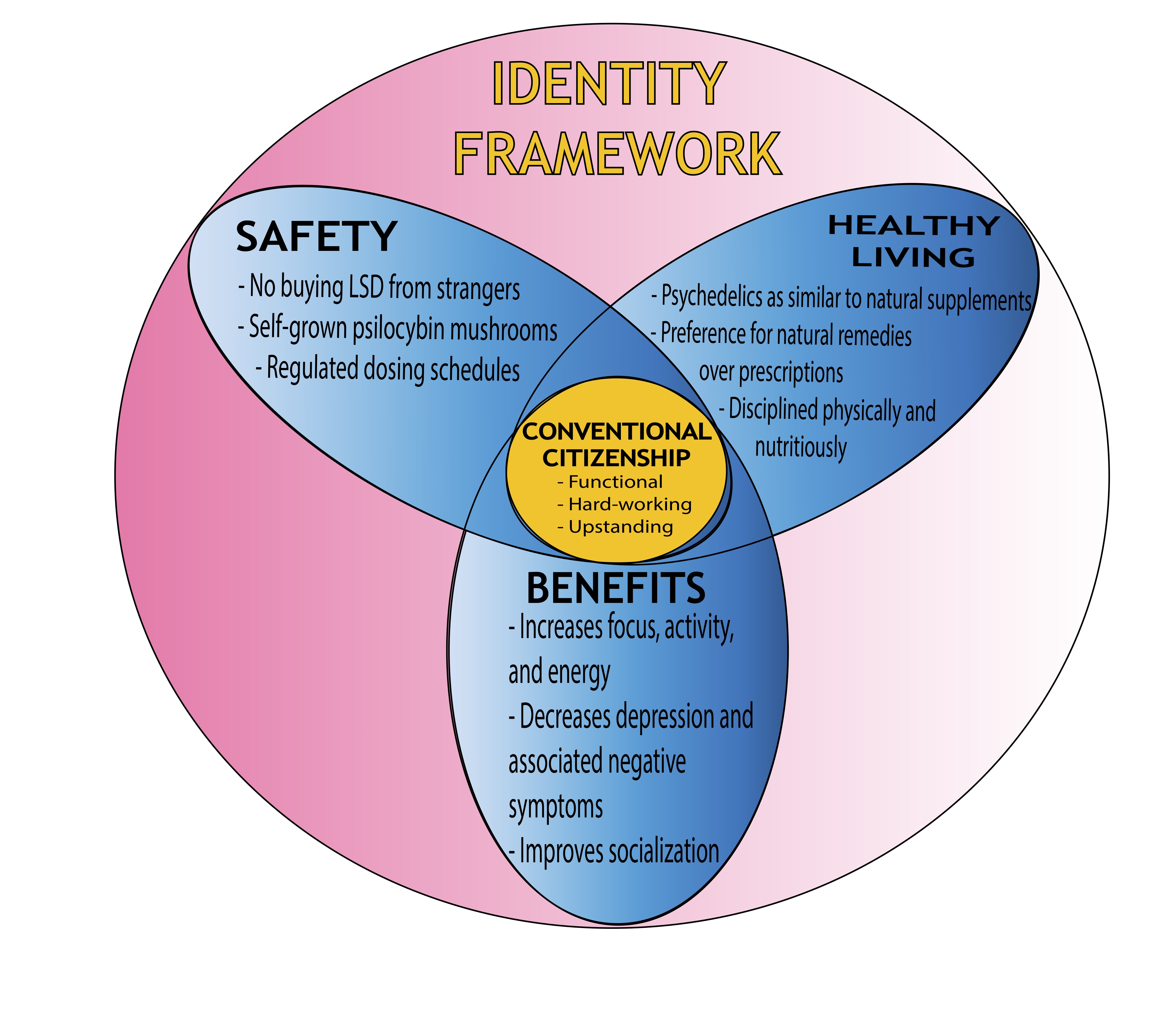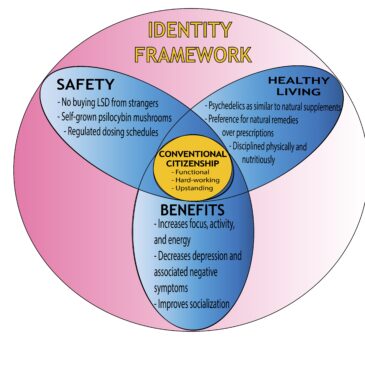Microdosing psychedelics has gained some recent popularity and media coverage due to the anecdotal effects of increased energy, productivity, mood, and more. Psychedelics are generally viewed as physiologically safe, as there is little known risk of developing dependency or addiction, unlike drugs like cocaine and heroin. This week, STASH reviews a qualitative study by Megan Webb and colleagues that looked at individuals’ practices, reasons, and perceived benefits behind microdosing psychedelics and how they reconcile the use within their identity.
What was the research question?
What allows microdosers to reconcile their use of classic psychedelics (e.g. LSD or psilocybin mushrooms) within their identity when faced with the stigma surrounding drug use?
What did the researchers do?
The researchers recruited adults with past year microdosing experience through posts on Facebook groups and web forums that discussed microdosing psychedelics. They administered a semi-structured interview to 30 participants either over the phone or using the Facebook call feature and recorded the interview with permission. The interviews focused on the experiences, practices, motives, and strategies for microdosing. Two of the authors then coded all of the interviews, highlighting the most common themes among the participants.
What did they find?
Three main themes emerged when participants spoke about their identity: safety, healthy living, and benefits. All participants emphasized the safety precautions they take in establishing their microdosing routine. They chose their doses – which vary between 0.2-0.5g of psilocybin or about one-tenth of an LSD tab taken every couple days – based on research and trial-and-error to find all of the perceived benefits without hallucinogenic effects. They reported that they were proactive about their health and viewed psychedelics as another form of natural health supplements or substitute for prescription drugs. For example, some participants stated that their depression-related symptoms were reduced or non-existent after they began microdosing. In terms of benefits, participants tended to report feeling more focused, creative, and energetic, especially on the days of and after microdosing. Together, the themes of safety, healthy living, and benefits allow microdosers to identify as conventional citizens, distinguished from stigmatized drug “addicts.”

Figure. Venn diagram of the most common themes shared by the participants within their identity framework as conventional citizens who microdose classic psychedelics. Click image to enlarge.
Why do these findings matter?
Microdosers appear to consider their drug use as something akin to taking health supplements. However, by refusing to acknowledge psychedelics as drugs, microdosers might ignore the potential harms that come from using. There is still so much unknown about its long-term effects on the body and it is vitally important that users treat these substances with just as much caution as they would a prescription drug.
Every study has limitations. What are the limitations in this study?
The participants of this study were from a convenience sample of primarily middle-class professionals who interacted in online forums discussing microdosing. Considering this, it is very possible a random sample of microdosers would have focused on other strategies, schedules, and benefits of the practice.
For more information:
If you are worried that you or someone you know is experiencing addiction, the SAMHSA National Helpline is a free treatment and information service available 24/7. For more details about addiction, visit our Addiction Resources page.
— Karen Amichia
What do you think? Please use the comment link below to provide feedback on this article.




